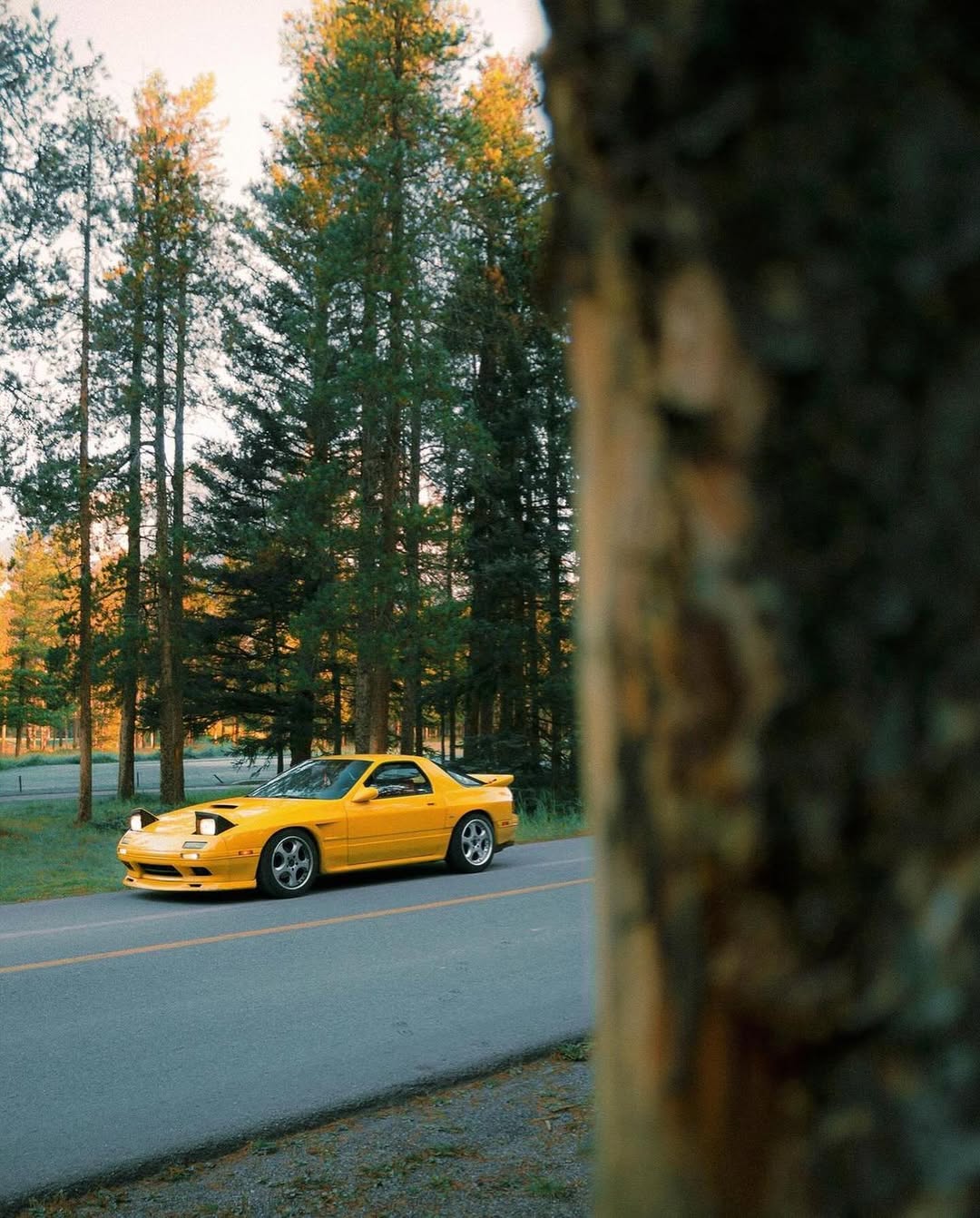- Car Talk
- Car Maintenance
- Car Maintenance
Top 8 Car Maintenance Tips to Extend Vehicle Life
Your vehicle needs proper maintenance and care. This is what keeps it in optimal condition and increases its longevity. Even a...Car MaintenanceTop 5 US Auto Auction Sites 2025
According to the results of 2024, a total of over 9 million cars were sold through existing auction platforms in the USA. Among...Car MaintenanceThe Reasons and Solutions for Smoke from Oil Cap
Do you see the engine fume when opening the oil filler cap? Smoke from oil cap is not good news for...
- Driving Tips
- Driving Tips
7 Defensive Driving Tips to Keep You Safe on Georgian Roads
Reports show that about 54% of road accidents in Georgia were caused by driver error. Becoming a good driver is an...Driving TipsHow To Do A Burnout In An Automatic: A Simple Way
You might be curious about how to do a burnout in an automatic car. While it looks cool, it's important to...Driving Tips6 Important Rules To Open Car Door Safely
Many people think that opening car door is a simple action. However, when open car door, drivers must follow these rules...Driving TipsDoes Releasing The Accelerator Pedal Burns Fuel?
Fuel efficiency is a thing that has become the need of the hour. Every car manufacturer has been striving hard to...
- Car Review
- Car Comparison
ABOUT US
CAR FROM JAPAN is the leading online used cars marketplace in Japan, where you can buy a car directly from Japan and get it delivered to your nearest port.
Address: Iwamotocho 3-10-7-7F Tojiki Building, Chiyoda, Tokyo, Japan 101-0032.
Phone: +81 50 3171 3983
Email: ask@carfromjapan.com
2025 Copyright © CAR FROM JAPAN Co., Ltd. All Rights Reserved.



